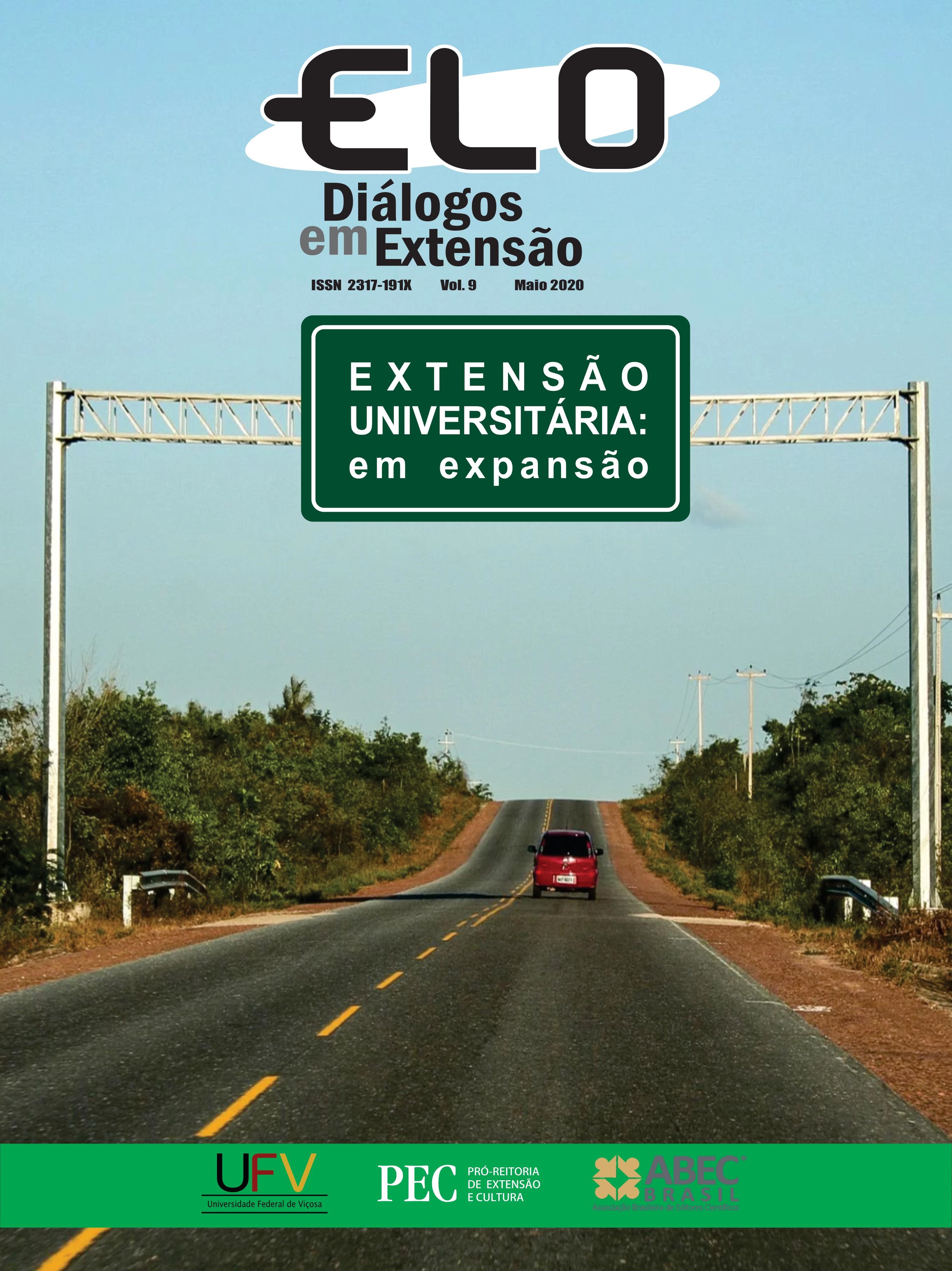The computational game as a teaching and learning tool for students with dyslexia - an experience in multifunctional rooms in Cerro Largo - RS
DOI:
https://doi.org/10.21284/elo.v9i.10508Keywords:
Reading disorder. School inclusion. Instrumentalization to students and teachers.Abstract
: This work consists of applying software activities, developed by the coordinator of the extension project proposal, to students from the municipal network of the city of Cerro Largo diagnosed with dyslexia. The proposed activities serve as stimuli to increase and potentiate phonemic awareness, from games of identification and recognition of letters, words, phrases, rhymes and sounds, analyzing their effectiveness by comparing the performance obtained in reading tests performed before and after using the Estimugame application. Thus, the main objective of this project is to collaborate with teachers who work in the resource room, providing their own tools to stimulate reading in students with dyslexia. In this sense, from the extension project, it has been possible that many students with dyslexia receive specific assistance for reading difficulties, which has been proving effective every week. All participants are monitoring and overcoming, even if slowly, their limitations, seeking to improve at each stage of the project. Thus, we hope to help education professionals in the face of the difficulties that students have in relation to dyslexia, respecting their limitations and the subjectivity of each child to overcome their obstacles and build their knowledge.
Downloads
Downloads
Published
How to Cite
Issue
Section
License
Authors who publish in this journal agree to the following terms:
A. Authors grant the journal the right of first publication, with the work simultaneously licensed under the Creative Commons Attribution License which allows the sharing of work with acknowledgment of authorship and initial publication in this journal.
B. Authors are authorized to take additional contracts separately, for non-exclusive distribution of the version of the work published in this journal (e.g. publish in institutional repository or as a book chapter), with acknowledgment of authorship and initial publication in this journal.
C. The journal holds the right to make format, orthographic and grammatical changes in the article to ensure the language standards, respecting the author’s style as well.
D. The opinions expressed by the authors are of their exclusive responsibility.















